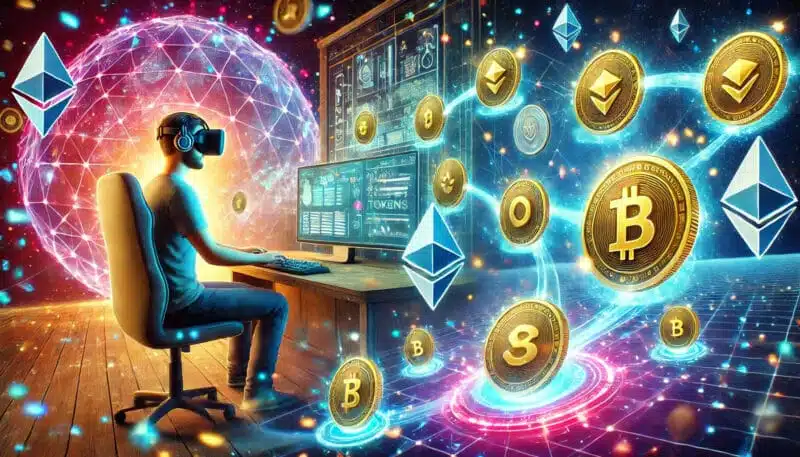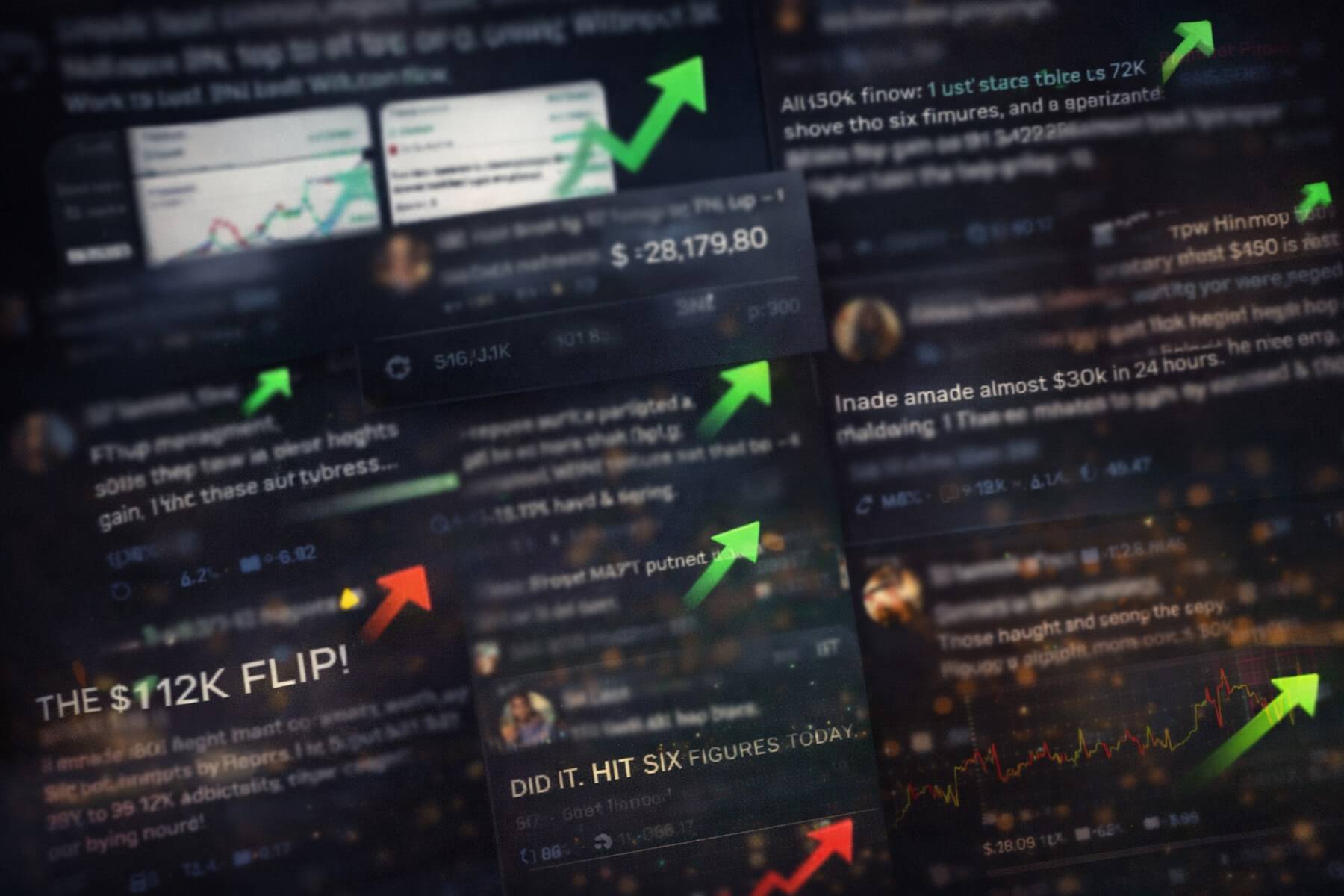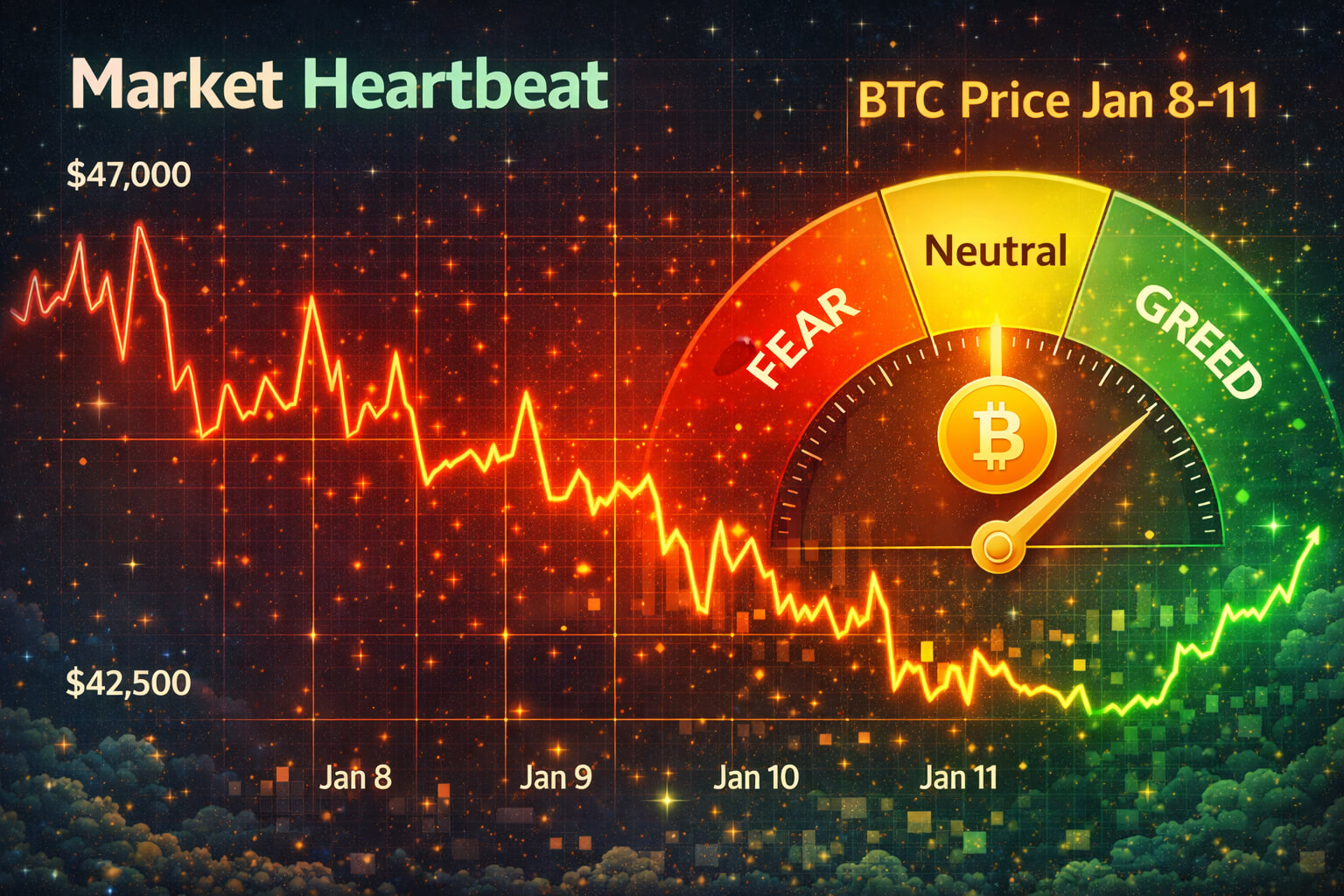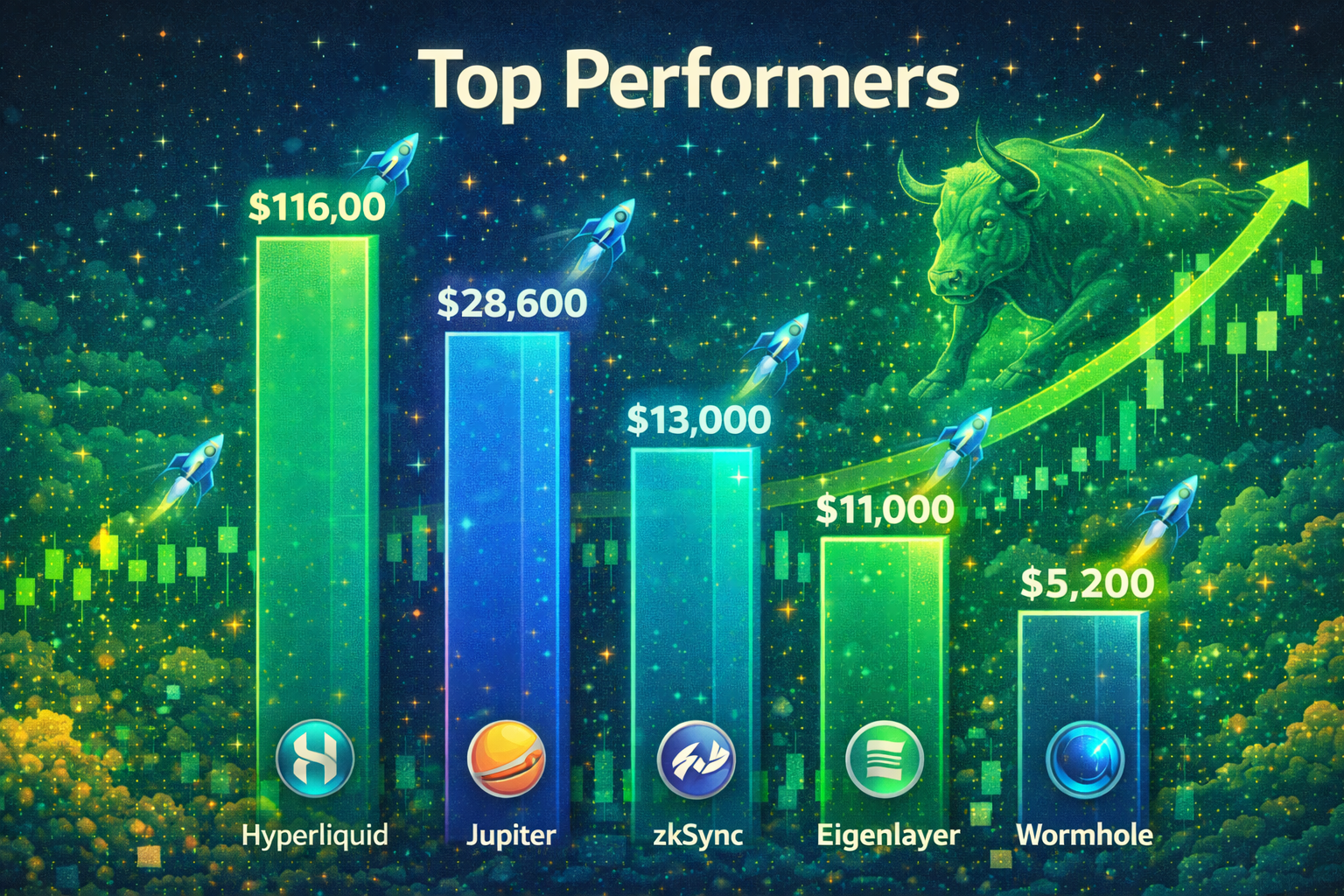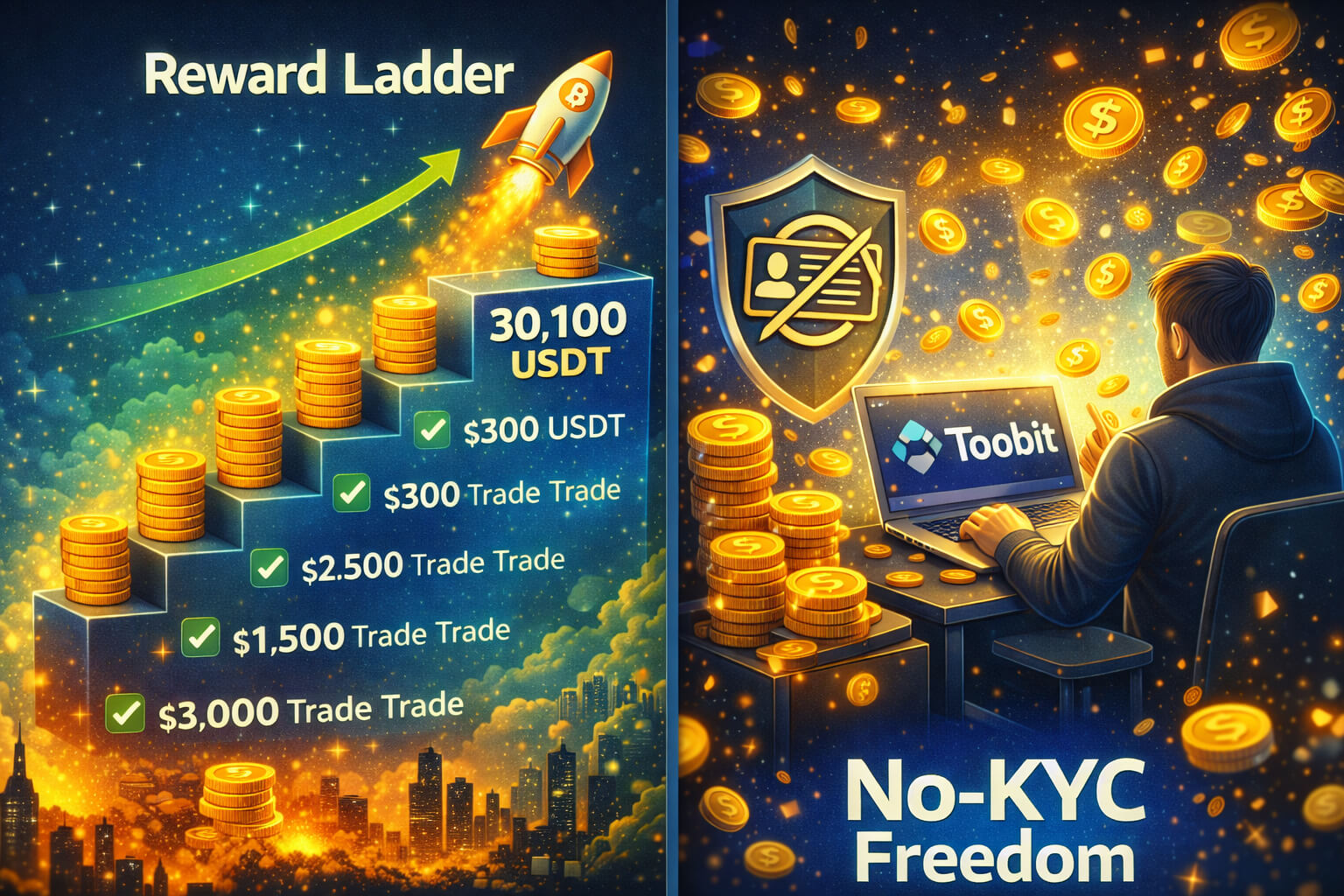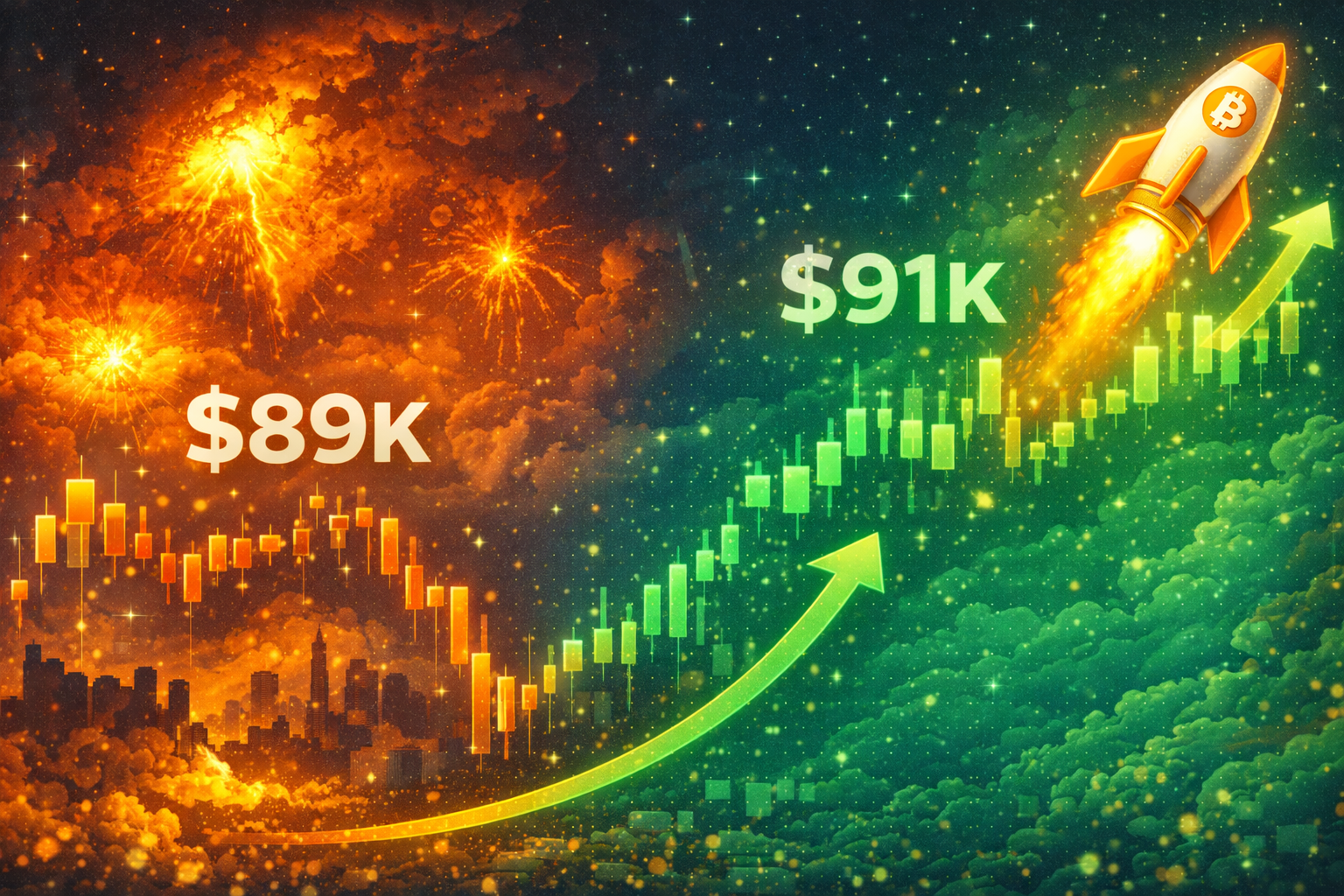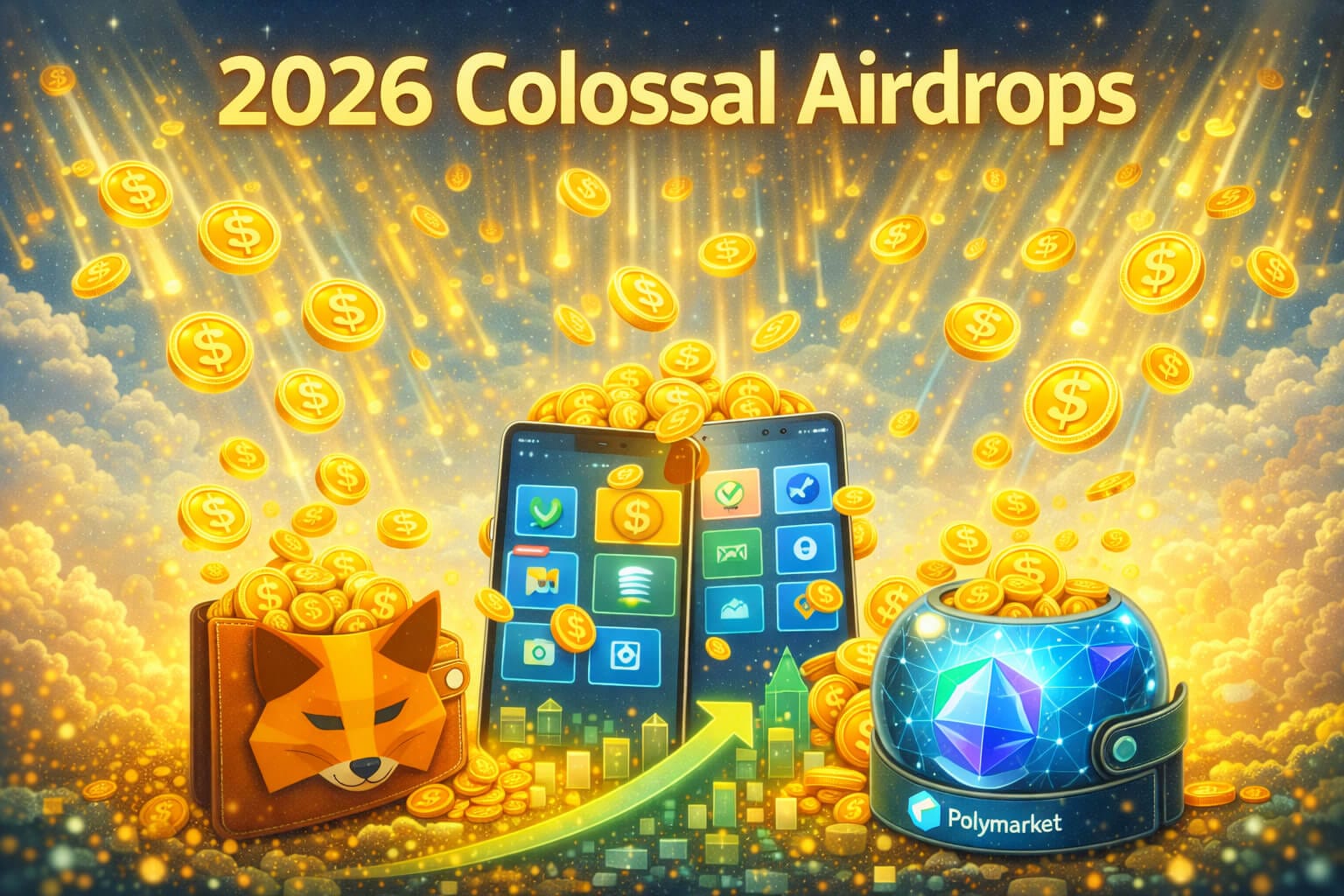The concept of the metaverse has moved beyond futuristic imagination into a rapidly developing reality. Nowadays, people can interact in virtual worlds, work, play, and trade digital assets. This shift is not only reshaping how we socialize online, but it is also having a profound impact on the cryptocurrency market. Metaverse projects are fusing the digital economy with blockchain, creating fresh opportunities for crypto tokens, NFTs, and decentralized finance (DeFi). So, how are these virtual worlds driving changes in the crypto space, and what does the future hold for the metaverse and cryptocurrency together?
1. What Is the Metaverse?
The metaverse refers to interconnected 3D virtual environments that allow real-time interactions through avatars. Inside these virtual worlds, people can engage in various activities, from working and attending virtual events to shopping and playing games. These environments are powered by augmented reality (AR), virtual reality (VR), and blockchain. This combination promises to create a decentralized digital space where users own their assets.
Example:
Platforms like Decentraland and The Sandbox allow users to purchase virtual land using cryptocurrencies such as MANA and SAND. Users can then build on this land, host events, or even rent it out to others. Blockchain technology guarantees ownership of these virtual properties, ensuring that users have complete control over their digital assets.
2. The Role of Cryptocurrencies in the Metaverse
Cryptocurrencies are the backbone of metaverse economies. Most metaverse projects have their native crypto tokens, which serve as the main currency within the virtual world. These tokens are essential for purchasing digital goods, services, and even real estate. Furthermore, users can also earn these tokens through participation, giving rise to play-to-earn models.
Key Uses of Crypto in the Metaverse:
- Virtual Real Estate: Users buy, sell, and develop digital land in exchange for metaverse tokens.
- NFTs: Unique digital items, like avatars, art, and in-game assets, can be purchased and sold as NFTs. These assets are stored on the blockchain.
- Godaovernance: In many cases, owning metaverse tokens grants users the ability to vote on important community decisions. This structure ensures that users have a voice in shaping the future of the virtual world.
Example:
In Axie Infinity, a popular metaverse game, players collect NFTs called Axies. These characters can battle, breed, and trade. Players earn Smooth Love Potion (SLP) tokens, which can be exchanged for other cryptocurrencies or fiat money on various platforms. This blend of gaming and real-world financial rewards is attracting more users every day.
3. Impact of Metaverse Projects on the Crypto Market
Metaverse projects are driving notable changes within the crypto market. They are not only introducing new tokens, but they are also increasing overall engagement with blockchain technologies. Moreover, as more companies invest in virtual worlds, the demand for metaverse-related crypto tokens continues to rise. As a result, these projects are quickly becoming central to the growing world of NFTs and DeFi.
Key Ways Metaverse Projects Influence the Crypto Market:
- Increased Token Demand: More users joining the metaverse means greater demand for native tokens such as MANA, SAND, and AXS. This naturally leads to price increases.
- NFT Adoption: The metaverse is helping to push NFTs into mainstream consciousness. People are buying digital real estate, virtual goods, and collectibles at an increasing rate.
- DeFi Integration: Some metaverse platforms are integrating decentralized finance. This enables users to earn passive income through staking, lending, or yield farming, further boosting the ecosystem.
Example:
When Facebook rebranded to Meta, the announcement sparked a massive surge in metaverse token prices. Decentraland’s MANA token skyrocketed over 400% as investors became excited about the metaverse’s potential. This reaction highlighted how impactful these projects are in driving investor interest in the broader cryptocurrency market.
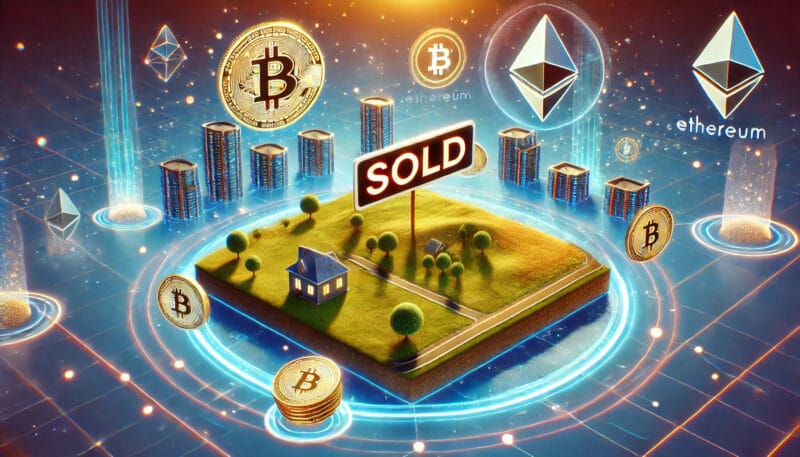
4. Virtual Economies: A New Frontier for Digital Assets
Metaverse platforms are giving rise to entirely new virtual economies. In these digital spaces, users can create, buy, and sell goods and services with cryptocurrencies. Importantly, blockchain ensures that ownership of digital assets is verifiable, secure, and easily transferable. With the rise of decentralized virtual economies, users have more control over their assets than ever before.
Major Features of Metaverse Economies:
- Digital Real Estate: Virtual plots of land have real value in the metaverse. Users can trade these assets just like real-world properties, often fetching high prices.
- Virtual Goods: From digital clothing to art, users can buy and sell unique items, most often represented as NFTs.
- Play-to-Earn: Many metaverse games offer play-to-earn models, allowing users to earn crypto simply by participating in the platform.
Example:
In The Sandbox, a virtual land sale attracted investors who purchased plots for over $4.3 million. This staggering figure underscores the serious value placed on virtual real estate and highlights how deeply intertwined the metaverse and crypto markets have become.
5. The Future of the Metaverse and Crypto
The future of the metaverse is bright, and its connection to cryptocurrency will continue to grow stronger. As more industries explore the metaverse, from entertainment and fashion to education and healthcare, we can expect increased demand for cryptocurrencies to power these virtual environments.
Future Trends to Watch:
- Interoperability: Developers are working on creating seamless transitions between different metaverse platforms, allowing users to move their assets (tokens, NFTs) across various virtual worlds.
- Institutional Adoption: Companies and financial institutions are exploring opportunities within the metaverse. This will likely drive higher demand for crypto-based services and investments.
- DeFi Expansion: The integration of decentralized finance within metaverse platforms will enable new forms of lending, staking, and other financial services that could revolutionize the virtual economy.
Example:
Brands like Nike and Gucci have already launched digital products in the metaverse, selling NFTs that can be worn by avatars. As more brands enter the space, we will see increased crypto use cases and a rise in digital assets tied to well-known companies.
Wrapping Up: The Metaverse’s Impact on the Crypto Market
Metaverse projects are transforming the cryptocurrency market. From the increased use of NFTs to the rise of virtual real estate, these platforms are creating entirely new ways to interact with digital assets. As adoption grows, the metaverse will continue to drive demand for crypto tokens, making the intersection of virtual worlds and cryptocurrency a focal point for investors, developers, and everyday users alike.
For more insights and detailed guides on how the metaverse is shaping the cryptocurrency market, visit our Gaming and Metaverse Guides.
Stay Updated
For the latest updates on metaverse projects, NFTs, and the cryptocurrency market, follow us on:
Stay informed with the latest strategies and insights in the world of cryptocurrency at FreeCoins24.io.
Special Offer
Ready to explore the metaverse? Sign up on Bybit today and claim up to $30,000 in deposit bonuses. Start trading crypto metaverse tokens on a platform trusted by millions!


